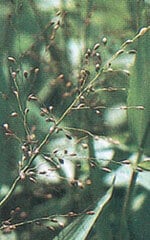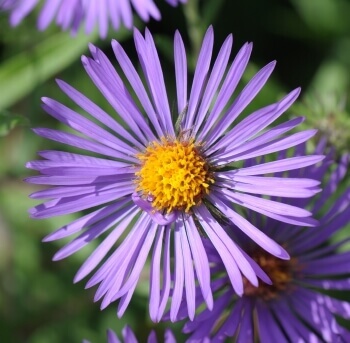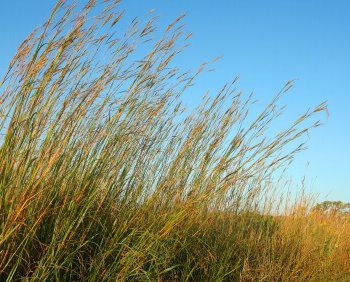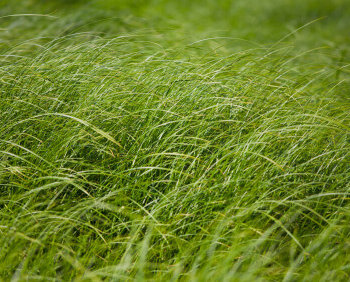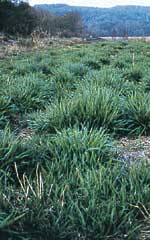Description
Tioga Deer Tongue Grass Seeds 8015 (Panicum clandestinum). Native of Canada. Perennial.
600 seeds/gram
This perennial cool season bunchgrass provides a good food source for turkey, songbirds and deer. Tioga Deer Tongue is a very adaptable sod forming grass that is tolerant of poor, acidic and/or infertile soils. Prefers full sun but will still grow well in partially shaded situations. Its main use is for re-vegetating sites where harsh soil conditions eliminate the use of other species. For example, it can grow on acidic sites with a soil pH as low 3.8 (pH 7.0 is neutral) as well as wet or dry low fertility and waste sites. Native to the eastern half of Canada, Tioga Deer Tongue grows between 30-90 cm in height. For many native and perennial plants, late fall is the best time to sow seed directly outside. Why you ask? Simply put, many of these plants produce seed that is viable but dormant. This means allowing seeds to naturally stratify over winter will “wake up” the dormant seed for best results.
How to Grow
Many native grasses do best when planted in the fall, between Oct. 15th and Nov. 15th. A late fall sowing naturally stratifies any seed that may be dormant. Deer Tongue can also be sown very early in the spring. Keep in mind that should ideal growing conditions not occur, the seed may go dormant and not germinate until the spring of the following year.
Many native plants will not bloom until the second year of growth when grown from seed. Avoid the use of supplemental fertilizer as this encourages weeds at the expense of the native plants. During the establishment year, native species plantings should be watered when dictated by the weather. The following year’s growth adapts easily to local climate and soil conditions needing only what nature provides. Mow to 20 cm height at least once through the first year of growth should aggressive weeds threaten to take over the planting and again after the fall frosts have reduced annual foliage.

